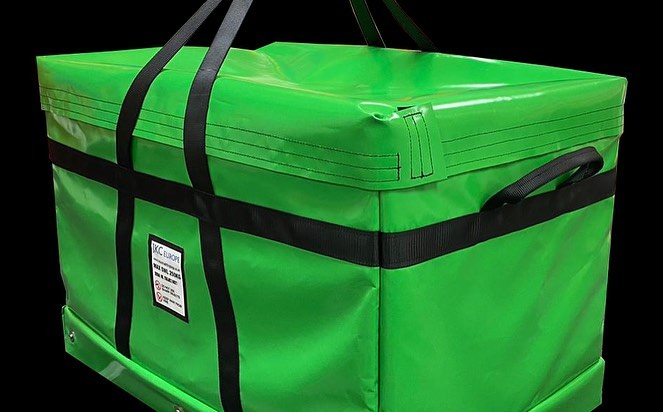Optimizing warehouse space is crucial for businesses aiming to enhance efficiency, reduce operational costs, and make better use of their available space.
Effective space utilization leads to streamlined operations, lower storage costs, and improved inventory management.
By implementing strategic practices and regularly assessing warehouse space, businesses can achieve significant improvements in their overall performance.
Assessing Current Space Utilization

To begin optimizing warehouse space, it is essential to assess the current space utilization. This involves calculating the total warehouse size and measuring the storage area size.
Once these measurements are obtained, calculating the space utilization percentage provides insights into how efficiently the space is being used.
Analyzing these results can reveal areas where improvements are needed, such as identifying underutilized spaces or overcrowded sections that require better organization.
Practical Tips for Maximizing Space
One effective way to maximize warehouse space is by removing excess and obsolete inventory. Conducting regular reviews of stock levels helps identify items that are unsold or obsolete, which can then be removed or repurposed. This not only frees up valuable space but also reduces carrying costs and minimizes clutter.
Accurate tracking and forecasting of stock levels are also vital. Implementing reliable forecasting methods allows businesses to adjust stock levels to match demand accurately.
That prevents overstocking or understocking situations, ensuring that space is used efficiently and inventory turnover is optimized.
Strategic placement of storage beams is another practical approach. Measuring and adjusting the spacing between storage beams to optimize their placement can result in better fitting of stored items. This not only maximizes space but also enhances the safety and stability of stored goods.
Using containers that fit the stored items is another simple yet effective strategy. Implementing a variety of container sizes and ensuring that items are stored in appropriately sized containers helps in maximizing space. Proper containerization prevents wasted space and allows for more organized and efficient storage.
Storing items according to their size is also crucial. Separating and storing items by size and organizing similar-sized items together can optimize space utilization. This practice makes it easier to locate and retrieve items while ensuring that storage space is used efficiently.
The Pareto Principle, or the 80/20 rule, can be applied to warehouse management by prioritizing space for fast-moving items. Allocating more space to high-activity products ensures that frequently accessed items are easily accessible, reducing retrieval times and improving overall efficiency.
Enhancing Storage Systems

To further enhance storage systems, adding a mezzanine can significantly maximize vertical space.
Evaluating the structural support for a mezzanine and planning for safe navigation and use of this space allows for the creation of additional storage levels without expanding the warehouse footprint. If you want to check these out, visit https://lenokers.com/production-category/mezzanines.
Using vertical space efficiently involves measuring the clear height of the warehouse and utilizing vertical storage solutions such as tall shelving units and racks. Ensuring compliance with safety regulations is crucial to prevent accidents and ensure the stability of tall storage structures.
Minimizing aisle widths is another method to add more storage space. Calculating the minimum aisle width required for forklifts and reducing aisle widths accordingly can create additional room for storage. This approach must be balanced with maintaining safe and efficient navigation for warehouse staff and equipment.
Implementing cross-docking practices can also reduce unnecessary storage. By researching and adopting cross-docking, businesses can move items quickly through the warehouse, reducing the need for prolonged storage. This practice streamlines operations and enhances space utilization by minimizing the time items spend in storage.





